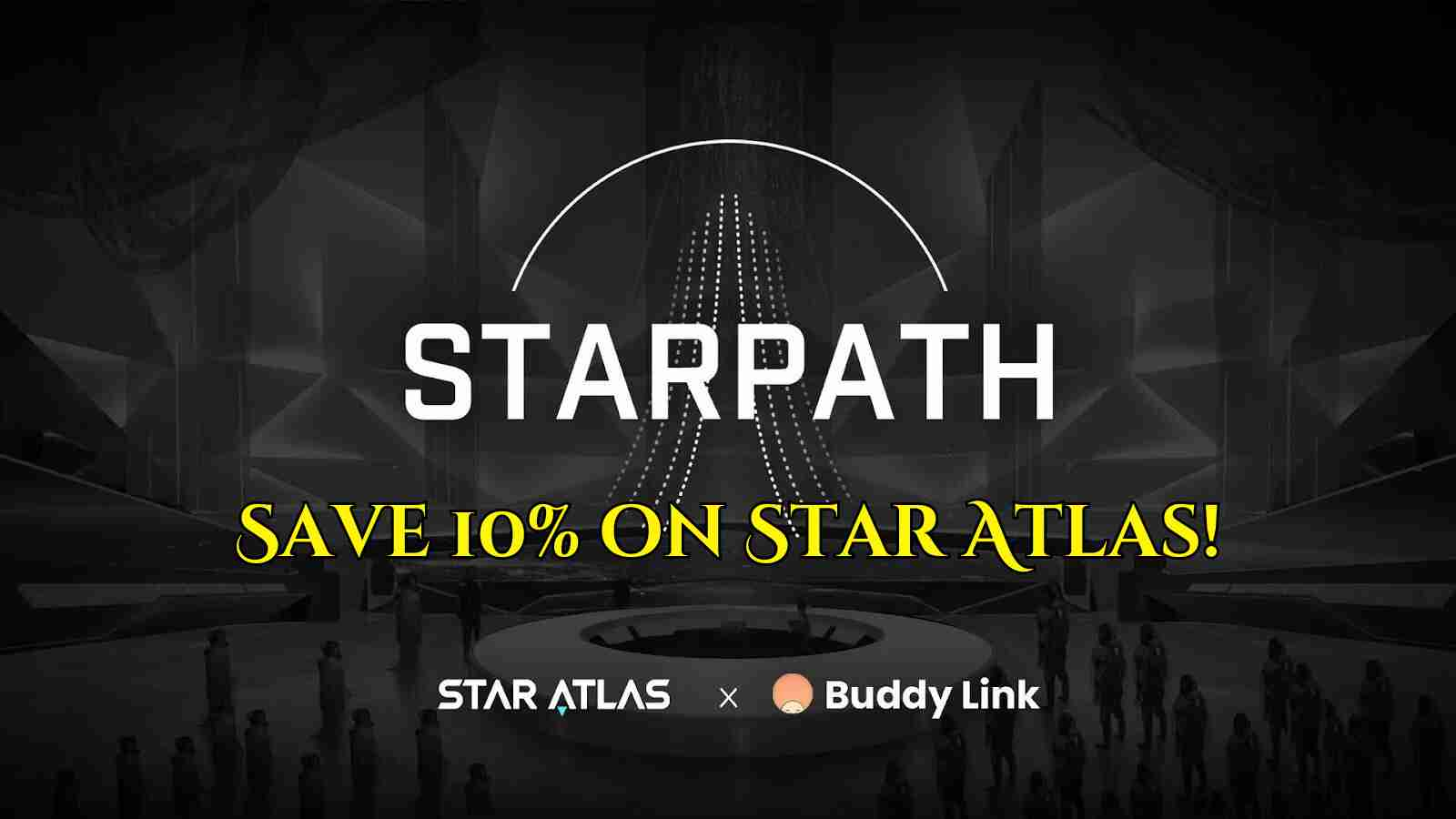Star Atlas POLIS Staking APY, High Yield Diminishing Over Time
Its been several days since the first reward period of the Star Atlas POLIS DAO and the initial data for POLIS staking APY is in. Since the first snapshot, roughly 4 million POLIS has been added to DAO representing an increase of nearly 30 million in communal POLIS Voting Power.
According to figures provided by Automata, the initial average stake duration of POLIS DAO participants was 2.5 years during the first day of returns. Only a few days later, that average lock duration has increased to 4 years. This shift towards longer staking periods is being driven by initial POLIS staking APY figures.
With the combined increase in PVP and average staking durations, the APY on 5 year stake periods has already fallen below 100% in a matter of days, representing a 25% decrease in APY from August 1st. POLIS DAO participants on the short-term end of the spectrum have seen their APY rates cut by 33% individually, going from roughly 24% APY to 19% APY.
As the POLIS DAO increases in participants, the downturn in APY across all stake periods is expected to continue. Furthermore, the trend towards 5 year average lock durations will slowly increase over time. This will likely be due to short term stake contracts expiring and existing participant migration towards 5 years stakes to capture an increasingly divided share of POLIS DAO emissions.
For short term participants who prefer liquidity over long term governance participation, it is more likely that they will refrain from continually staking current and future emissions into the DAO.
For long term participants who do not have short term options, there are a few choices available to them. The simplest one is to go all in and continually lock for 5 years while simultaneously contributing more emissions to the DAO. However, this behavior across the DAO participants, will only further decline global APY in a race to capture as much emissions as possible. The other option is to not reinvest POLIS DAO emissions, to provide some limited liquidity.
Projected APYs
For DAO participants, the POLIS locker now displays projected rewards for the next day. However, this does not project current of future POLIS DAO APY. Instead, users must calculate APYs individually. Thankfully, the formula to calculate APY is fairly simply. Taking the total daily POLIS DAO emissions, dividing by total communal PVP, then multiplying by individual PVP, one can calculate their individual APY. Thankfully, because PVP multipliers are linear, APY rates are also linear across all periods of staking.
Comparing APYs from Day 1 of the POLIS DAO emission period to today we find,
POLIS APY from Aug 2 — Aug 4
Looking forward, we can also make projections about APY rewards at certain milestones of the POLIS DAO. We assume an average of a 4 year lock period as it is unlikely that duration will decrease. We also assume a daily POLIS DAO emission distribution of 51,283 tokens. The daily distribution of POLIS will eventually decrease over time but has a lesser statistical variable weight on APY compared to PVP.
30M Locked Tokens/~240M PVP 40M Locked Tokens/~320M PVP 50M Locked Tokens/~400M PVP
These tables represent best case scenarios using realistic assumptions about participation in the POLIS DAO. Note that either a strong push towards 5 year lock periods or the gradual decline in daily POLIS emissions will lower the above APY projections. Forward leaning projections become less granular but full 5 year lock of 50M POLIS tokens, or 500M PVP, would approximate a 37% APY.
Its unknown when the POLIS DAO will reach the above levels represented in the table. Since launch, the POLIS DAO has increased by approximately 20% in both locked tokens and PVP. If the past few days are any indication, the first table could likely be reached within a week.
Many have stated that participation in the POLIS DAO is about governance and participation, not reward emissions. Fundamentally, this is accurate regarding the POLIS DAO. However, for others who view the DAO through a financial lens, its hard not to consider the APY potential of participation.
About the Author: Krigs
Star Atlas Discount

news via inbox
Get news from the Hologram first





